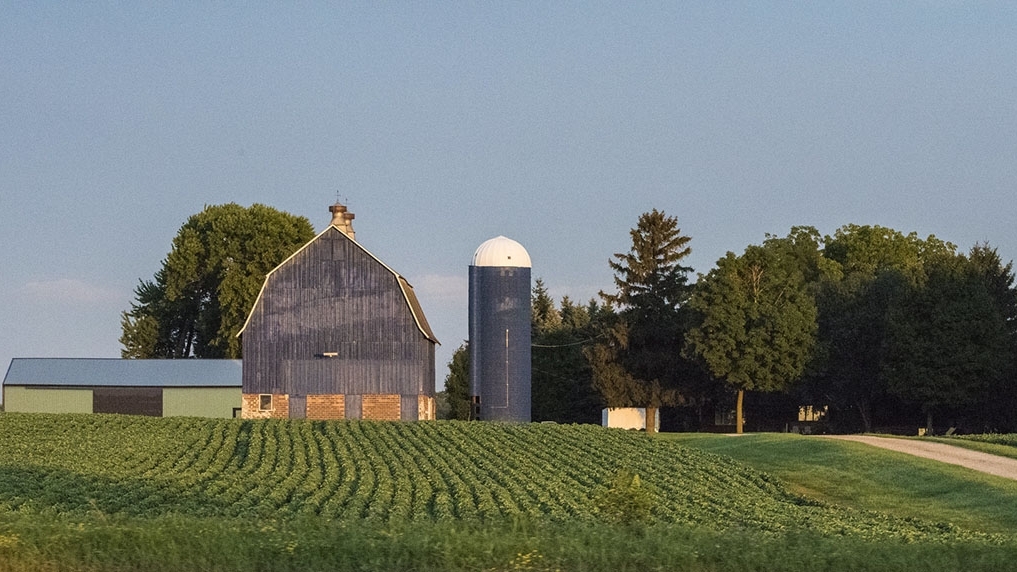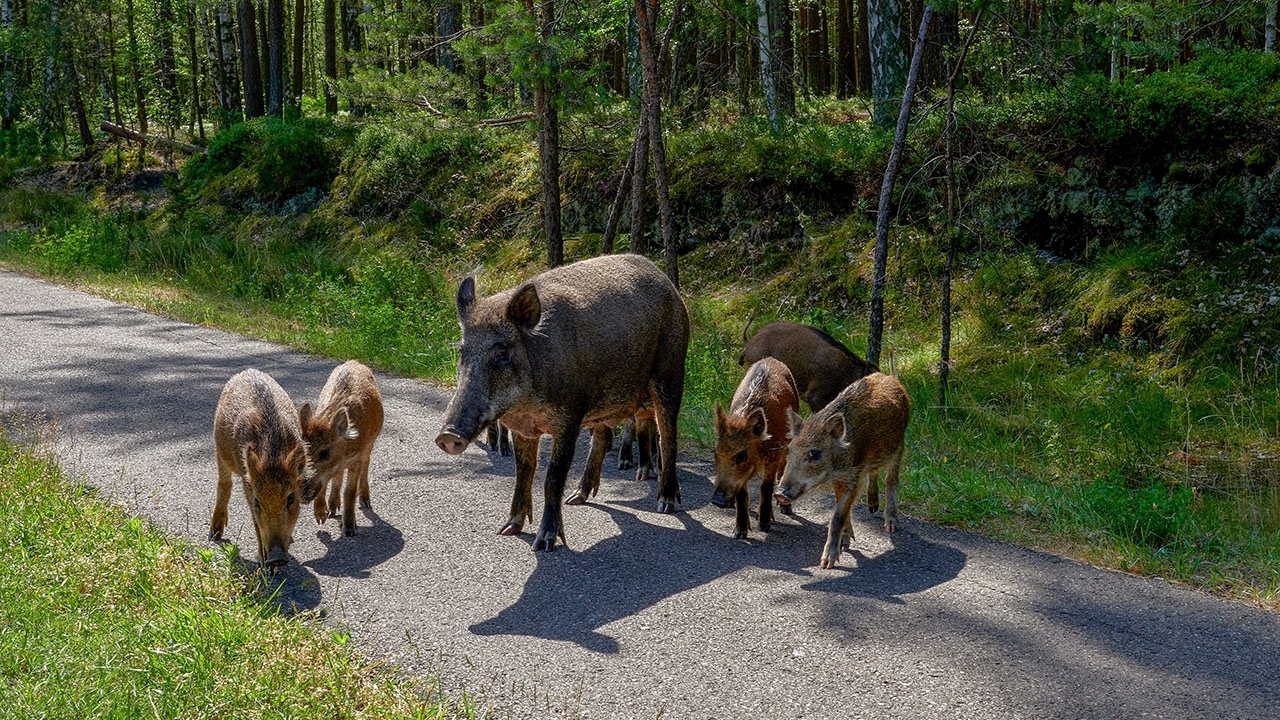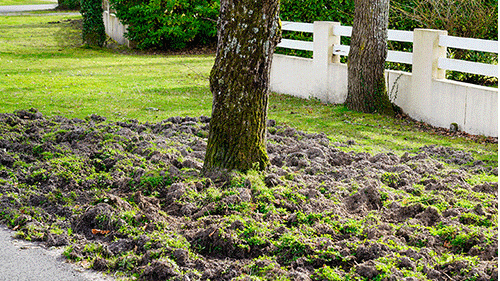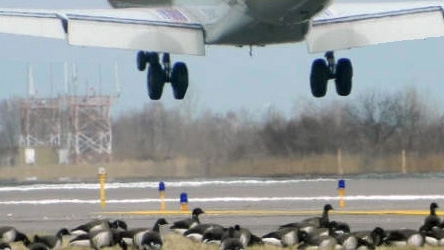Protected Resources
We recommend and conduct integrated wildlife damage management activities to protect many types of resources, including expansive sunflower fields in the Dakotas; small vegetable gardens in suburban backyards; orchards in Oregon; pasture land and cattle in Texas; bridges, roads and airports throughout the nation; rare wetland ecosystems; threatened and endangered shorebirds; air passenger safety; and industrial facilities in towns and cities.





